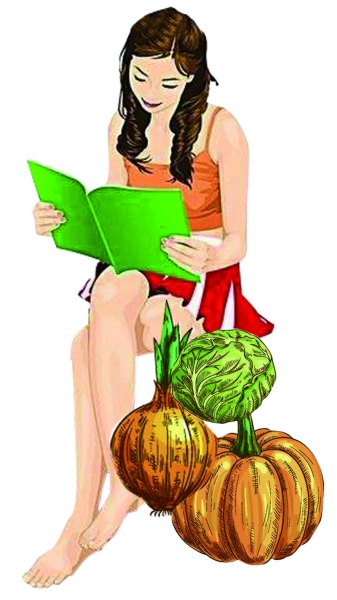Eat in spring and learn eight tricks to lose weight easily.

Fan Zhihong, Associate Professor, Department of Nutrition and Food Safety, College of Food Science, China Agricultural University
In the spring of March, it is the golden season of weight loss. Compared with reckless dieting, "fast food" may be more practical and easier to stick to. I recommend 8 tips for "fast food".
The first trick: focus on three meals and control snacks. If you are full at dinner, there is no need to eat a lot of snacks. The combination of staple food+meat+vegetables for three meals a day will not make people gain weight quickly, but eating more snacks is the trouble. Snacks are mostly made of sugar, oil and starch, which are small in size, high in calorie density and low in nutritional value. What grows on the body is soft fat.
The second measure: pad hunger before meals and slow down eating. Studies have shown that eating a small amount of food half an hour before meals, such as a fruit, half a cup of yogurt, 1 cup of soybean milk or milk, can effectively reduce the appetite at dinner and avoid overeating. If you really can’t control chopsticks, consider adopting this method. Chew slowly, you can appreciate the delicious food and avoid overeating.
The third measure: pick more bone spurs and increase vegetables. Try to eat more foods that look "troublesome", such as duck heads that need to be chewed, fishtails that need to be picked, shrimps and crabs that need to be shelled, and take more to the plate to eat slowly. Eat more vegetables and less "hard vegetables", so it is not easy to overeat.
The fourth measure: the staple food is light and reduce frying. A large part of food calories come from fried food and crisp food. Fried rice cakes, rice cakes, leek boxes and spring rolls, as well as crisp cakes, sesame cakes, baked cakes and various crisp spots, contain both starch and a lot of oil, and are typical high-calorie foods. Don’t eat more than one of these foods every day, and choose the smallest portion when eating. Eat less fried and greasy dishes, so that the calories of the food will not burst.
The fifth measure: avoid drinks and switch to light tea. In addition to the calories of meals, a large part of the calories come from drinks and soups that are drunk during meals. Many people think that it is good to drink less. In fact, the calories of sweet drinks are also considerable. A paper cup of 200 ml sweet drinks or pure fruit juice contains about 80~100 kilocalories. Those milky "milk soups" and soups with oil floating on the surface also contain a lot of fat. If you replace them with weak tea, chrysanthemum tea, barley tea, sugar-free lemonade and other drinks, these calories will be saved.
The sixth measure: breakfast is light, drink porridge and eat vegetables. If lunch and dinner are too rich and you have to eat them, make an idea at breakfast. Might as well drink some millet porridge, oatmeal, eat some fruits and vegetables, reduce the intake of fat and protein, and let the gastrointestinal tract and liver and gallbladder get a break.
Seventh measure: do more housework and increase the number of steps. The key to keeping fit is to eat dynamic balance. Since you eat too much, you have to increase your physical activity and consume the calories you eat. Even if you can’t go to the gym, you can walk, run, do exercises, do housework, throw garbage, get express delivery, or take your children to do outdoor activities, clean up and tidy up the house … … Doing whatever you want can increase your calorie consumption.
The eighth measure: moderate fasting and timely rest. If you eat too much, you can choose a more relaxed and free day, make a "light diet" and eat only a quarter of the calories on other days. For example, only drink gruel and vegetables cooked with less oil for three meals. As long as you have a day’s rest, your body tired from overeating will be much more comfortable.